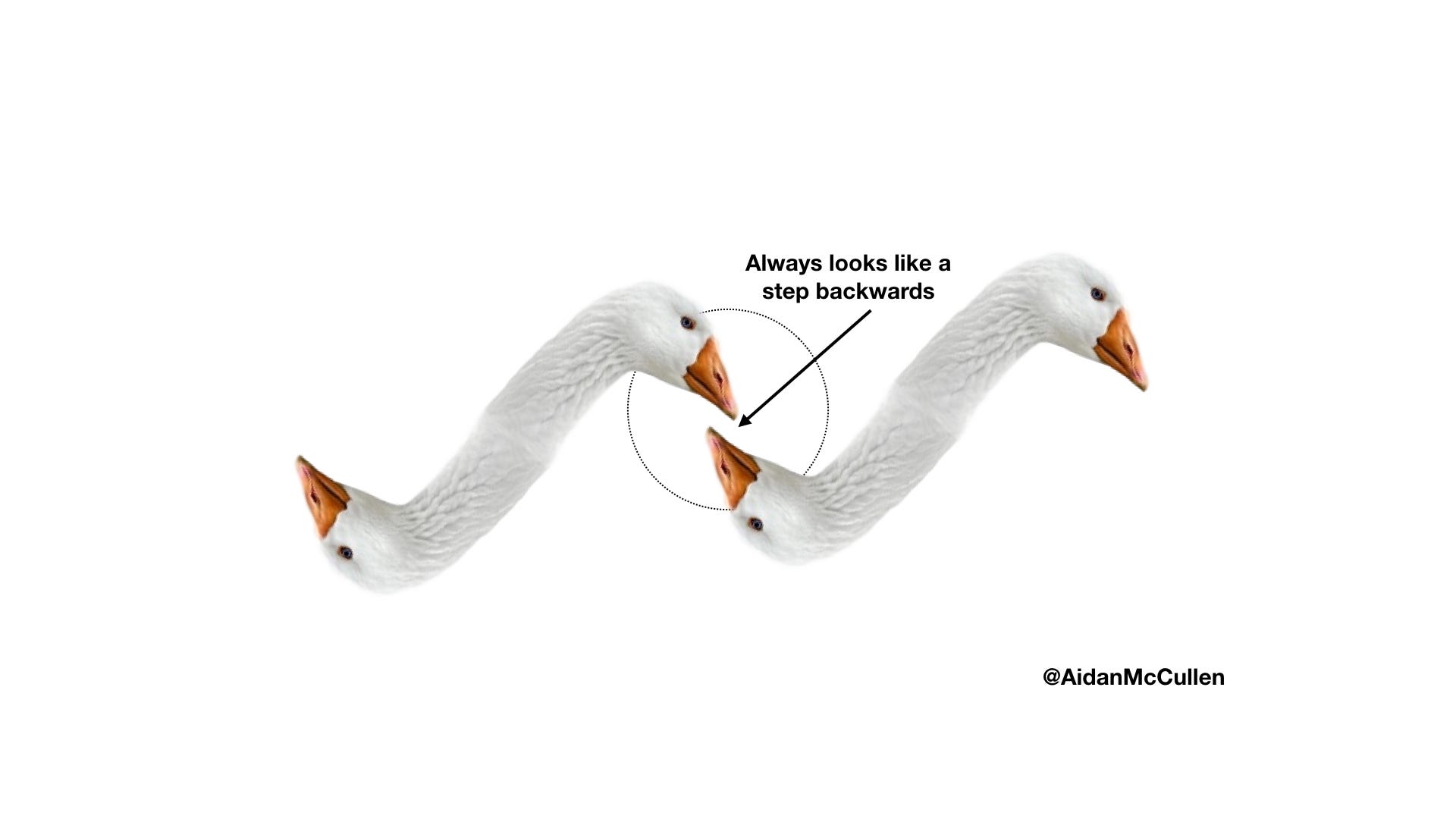
“Achieving great accomplishments doesn’t matter much if everyone who helps you get there dies along the way.” — Paul White Ph.D.
One day a countryman going to the nest of his Goose found there an egg all yellow and glittering. When he took it up it was as heavy as lead and he was going to throw it away because he thought a trick had been played upon him. But he took it home on second thoughts, and soon found to his delight that it was an egg of pure gold. Every morning the same thing occurred, and he soon became rich by selling his eggs. As he grew rich he grew greedy; and thinking to get at once all the gold the Goose could give, he killed it and opened it only to find nothing. — Aesop
Moral: Those who have plenty want more and so lose all they have.
“The green reed which bends in the wind is stronger than the mighty oak which breaks in a storm.”― Confucius
Before the financial downturn, many organisations were making so much money that they focused on milking their cash cows and neglected to invest in their future. When the downturn hit and organisations made redundancies, they learned to manage with fewer people. We are experiencing a resurgence of sorts and organisations are back in profit. Despite the recovery many organisations have not hired more people to manage new workloads, instead, they have overloaded their high performers with more work.
As a result, organisations are not only putting extra workloads on their people but stretching their existing business models to the absolute limit. When those business models come under threat, they choose fight through regulation or flight by sticking their head in the stand, while the only answer comes from evolution. Everything has a decay rate, nature evolves to avoid death, humans have evolved during our short time on earth and business models must evolve to avoid a long kiss goodnight. That is the focus of this Thursday Thought.
I will break the golden goose metaphor into two parts, part two is about business, part one is about people.
Karōshi — “Overwork Death”
Karōshi is a Japanese word translated literally as “overwork death”. In English, it is occupational sudden mortality. Medical causes of karōshi deaths include heart attack and stroke due to stress and a starvation diet. This phenomenon is also widespread in other parts of Asia as well but is not unique to Asia.
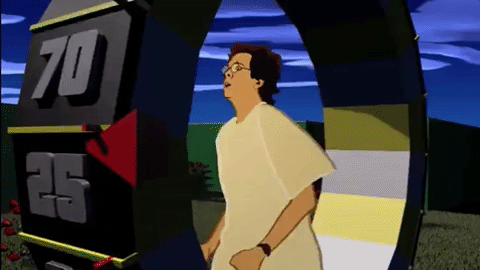
In the U.S. alone, Workers with fatigue cost employers over $136 billion annually in health-related lost productivity time. Employers know this and are increasingly investing in workplace wellness programmes. Despite these initiatives, some workers still feel reluctant to share their physical and mental states for fear of retribution, ostracisation or even constructive dismissal.
In an attempt to cope with workplace stress, some workers seek refuge outside work, in triathlons, extreme physical training and 5-a-aside soccer. While we see this as a stress release it is often only adding to our stress, it is papering over the cracks.
When the business becomes aware, many react by thinking, well, if you don’t have resilience then we shouldn’t have hired you in the first place or, let’s hire for resilience from now on!

Resilience is our ability to return to homeostasis, our optimum level selves. It is often referred to as bounce-back-ability. When we build resilience, we can build further capacity for strain, but that does not mean we should overload ourselves or allow ourselves be overloaded. We must absolutely take responsibility for the latter.
To the employee who feels they are stuck. You will spend the majority of your adult life at work. It is your responsibility to take charge of your workload. You teach people how to treat you every day, by accepting more work in an attempt to appease and prove your worth, realise that you will eventually burn out.
“It isn’t important to come out on top, what matters is to be the one who comes out alive.” — Bertolt Brecht
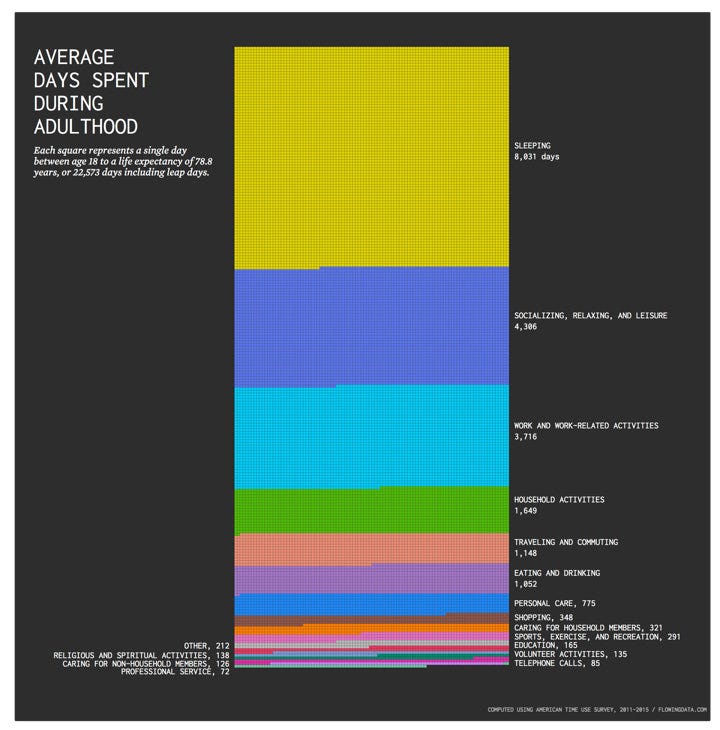
(Infographic Source: Nathan Yau)
Beyond pushing back on workloads, we must also take responsibility for ourselves at work. There is no CEO, M.D. or manager sitting in their office plotting out your career, that is your responsibility. As futurist and great thinker Marshall McLuhan said, “There are no passengers on Spaceship Earth. We are all crew.” He added: “We are all crew! We must think like crew, as this spaceship is the only place we have.” These are powerful words, my interpretation is that we all must find a purpose in our lives. Yes, we have a mortgage to pay, but sitting idle waiting for circumstances to change will not uncover your purpose, that is your goal, once you uncover the purpose, that becomes your mission.
Organisations are more likely to invest in new digitisation products or mechanical optimisation than in people. Investing in people and lowering the bar of expectation to an achievable level will mean a happier workforce, less sick days and more fruitful activity. Organisations have displayed great resilience in surviving the recession, but that does not mean organisations should break their people today.
It can be hard to justify new hires, especially when you are funding a new business model, it is harder to invest in the unknown than the known, but it is a natural law of business. Let’s look at the business model jumps next.
Gee”S”e Curves
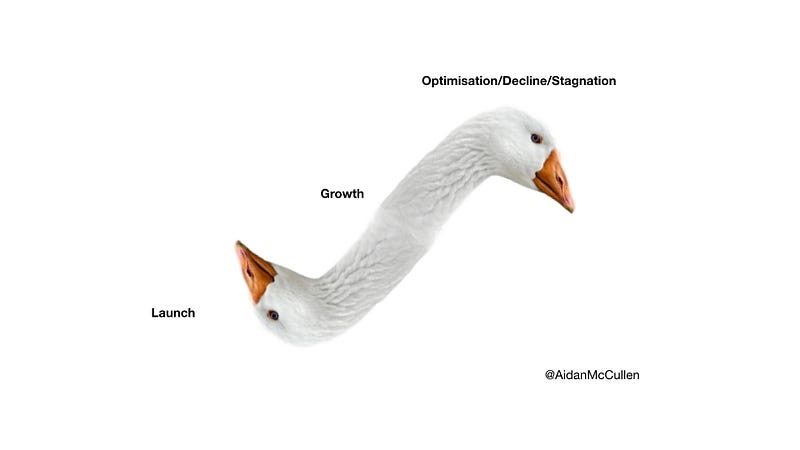
S curves can be used to map the performance of a company or product (or life/career/hobby) over a period of time. S curves follow the shape of the letter S with a flat growth at the bottom of the S, followed by rapid growth and then a dominant position in the market at the top of the S. After market dominance, businesses or products start to plateau and experience stagnation, process optimisation, automation, job cuts and me-too propositions.
Raising New Gee”S”e

To Innovate, both companies and leaders must ALSO (not instead) jump from one S curve to the next. This jump is an evolutionary jump and always looks like a step backwards because the new business does not have a proven business model. The challenge for leaders is that creating something new usually means letting go of something old. Organisations must invest in new directions well before their current business models start to decay.
Many organisations choose to exhaust their best workers in an effort to restore profits and get back to how it was in the “good ‘ol days. Profit becomes the sole focus and sometimes at the expense of the very people who helped them get back in the black. Rather than jump their S Curve, they stretch every last bit of life out of their current golden goose until it either collapses or no-one wants it anymore. Many organisations are experiencing a long, drawn-out kiss goodnight. (See the stretched neck of the GooSe curve below).
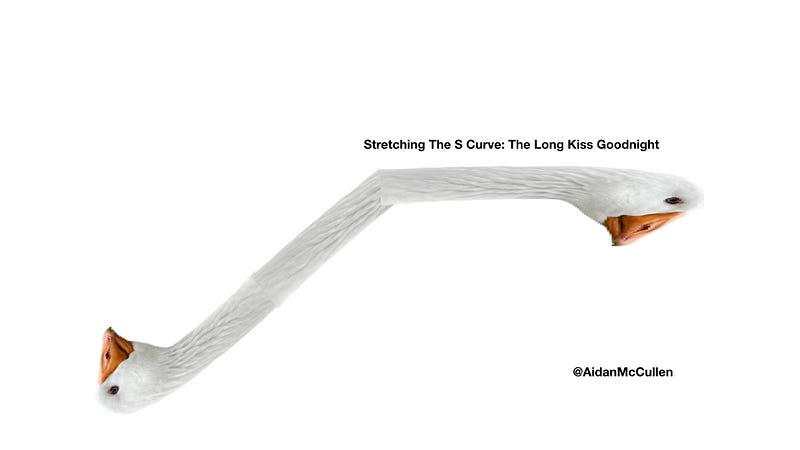
Some businesses realise that jumping the S curve is necessary for innovation. They pay close attention to the changing needs of people who use their products, initially avoiding detailed plans and remaining agile. Detailed plans are a guess when you are dealing with the future, as Buckminster Fuller said: “We live on this Spaceship Earth but do not have an operating manual.” The key in this stage is to know your place in your evolving business eco-system, your new venture needs to find existing “problems” for the new “solutions” you can offer the market.
In raising new business models an organisation is raising “New Gee”S”e”. This helps find and attract new talent to your business. New talent is a necessity in any business, it keeps people on their toes, invites new thinking and pushing our thinking. I new talent leaves quickly, you have a problem, you have either sold them a pup, misinformed them of their job spec or not taken on any of their suggestions (amongst a plethora of others reasons.)
Being in Control
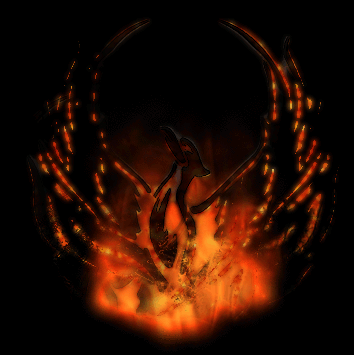
“Death is nature’s way of making things continually interesting. Death is the possibility of change. Every individual gets its allotted lifespan, its chance to try something new on the world. But time is called and the molecules which make up leaf and limb, heart and eye are disassembled and redistributed to other tenants.” ― Peter Steinhart
What we often achieve in cultivating status, wealth or an external version of success comes at a great personal sacrifice. Many people in their fifties and sixties and younger have experienced someone they know having a heart attack or cancer. It is often the wake-up call we need to realise that there are more important things in life, it puts everything in perspective and gives us a new focus. Often we wake up to desire a true purpose. A personal purpose is extremely important, as is a business purpose. Profit is no longer enough purpose to attract an eager workforce. The business needs to serve a universal purpose.
I would rather be in control of my own destiny than leave it entirely to fate. I am guessing you would echo the same sentiments. Equally, businesses would rather have a hand in their future direction than leave them to chance. I am a believer in the path of least resistance and that when doors don’t open for you they are not meant for you. However, I also believe many people use that as an excuse not to try. You simply have to do the work, there is no escaping that. Doing the work, whatever it is, coupled with a vision is a much stronger combination than vision alone. Equally managing the business as it is today and leading the business of tomorrow is a powerful combination.
Performance = capacity — fatigue — Dr. Craig Duncan
Purpose = Survival + X — Andy Swann
X must be defined by organisations and by the people who work there.
THANKS FOR READING, MORE HERE
Episode 135 of The Innovation Show is “The Writer’s Process: Getting Your Brain in Gear with Anne Janzer”
For centuries, people have searched for ways to access inspiration and streamline content creation. Whether praying to the muses or shutting themselves into dark rooms, authors use trial and error to find the methods that work for them.
What if we could apply cognitive science principles to determine our own perfect methods for creativity and productivity
We talk about:
- Behavioural writing sciences
- Anne’s 2 writing systems, The Muse and the Scribe
- The focus and discipline of the Scribe
- The intuition, creativity, and empathy of the Muse
- Attention and focus strategies
- Flow
- Managing time
- Self-discipline and procrastination
- The 7 step writing process
- The drafting period
- The revision period
- What type of editor
- The biases we will encounter
- Feedback
- Corporate Writing
Have a listen:
Have a listen:
Soundcloud https://lnkd.in/gBbTTuF
Spotify http://spoti.fi/2rXnAF4
iTunes https://apple.co/2gFvFbO
Tunein http://bit.ly/2rRwDad
More about Anne here: